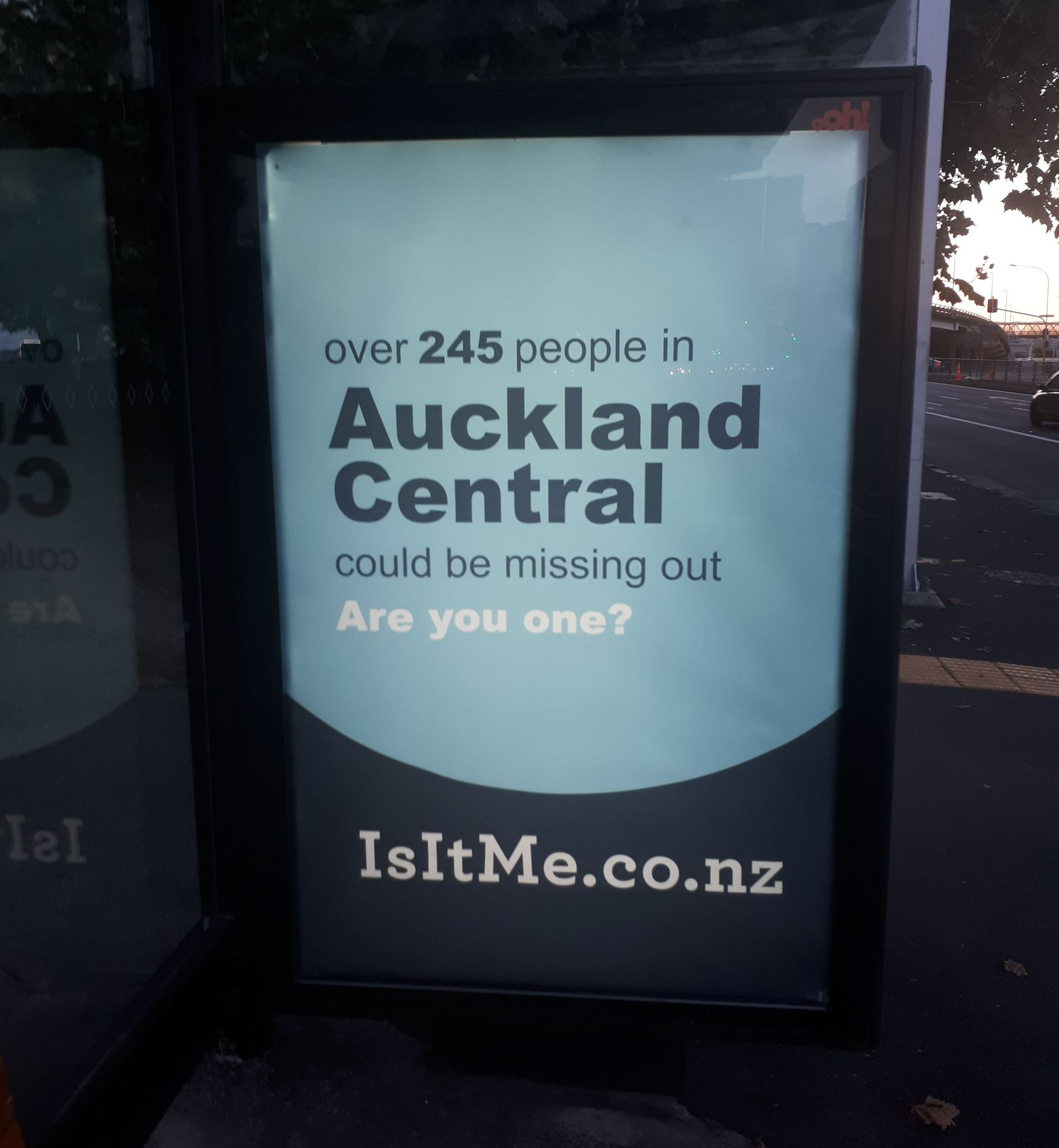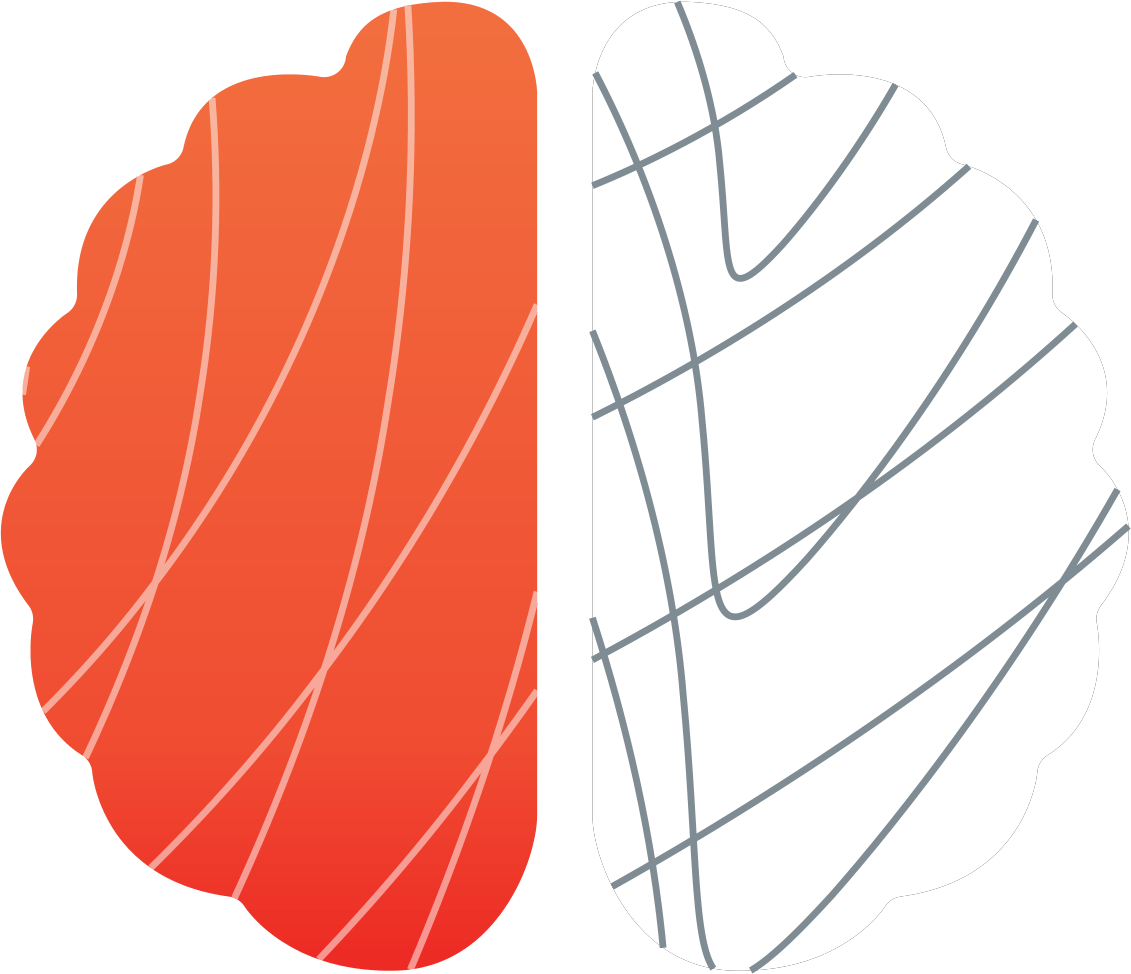The 2020 Vision Project
2020 was one for the history books - we started the year living a relatively normal life, only to be thrown a few months later into the first of many lockdowns, where terms like 'social distancing' and 'essential services' that we had previously never heard of, became common language. Everywhere you looked, people were talking about how unprecedented the events of the year were.
The Challenge
Would the year 2020 change us? And how? Would new habits formed in lockdown become a part of normal life? Were previous non-negotiables relegated to 'pre-Covid' life? While it was a scary time and no one knew what the world would look like next week, next month or next year, researchers and behavioural scientists were giddy. The changes to peoples live were so unexpected, drastic and widespread, the opportunity to gain insights into how people were feeling and behaving was huge.
It felt like an issue too important to our wellbeing and economy to ignore, and one which NeuroSpot founder Cole Armstrong and fellow researcher (and Director of Clarity Insight) Mark Finnegan took on amid Level-4 lockdown, creating The 2020 Vision Project. The project is supported by Trustpower, Dynata and Hunch.
The 2020 Vision Project aimed to find out how the events of 2020 would change consumers behaviour and attitudes, to help brands understand what has changed and where opportunities may lie.
The Solution
A longitudinal study was set up, with 30 New Zealanders recruited and interviewed over the course of 2020.
The participants were interviewed via Zoom three times - midway through the first Level 4 lockdown, once the restrictions eased, and then a few months later, shortly after community transmission returned and Auckland was sent into Level 3 lockdown once more. Toward the end of 2020 a survey was sent to the participants to unearth some concluding insights.
Of the benefits of the longitudinal study, Cole Armstrong says:
"By interviewing the same group multiple times, we were able to gather insight to work out which changes people made over the year were fleeting (such as daily walks with our bubble and baking bread) and which might stick around longer (like working from home and a greater preference for online shopping). We were able to really build a bond with the participants over the course of the study, and so some of the more typical walls that a consumer may put up during qualitative studies disappeared, so we really got to know and understand the person, which added a lot of value to the findings of the study".
The Results
The result is a wealth of information that depicts the mood of New Zealanders throughout 2020. Key outtakes for organisations are:
- Consumers now have a greater sensitivity to fairness
- A need to truly grasp how terms are being understood by consumers – ‘buy local’ for example had a range of different understandings. Something so simple is actually quite complicated.
- The need for brands to be clear about their brand identity. Be loud on issues relevant to your brand, but be brave enough to stay silent when you’re not relevant – don’t piggy back on a cause as a marketing opportunity.
- Always focus on customer relevancy and adding value. Customers were prepared for MVP solutions, as long as they could see the value in their own life. Equally customers were scathing where they felt that their interests weren’t the focus.
While the world still grapples with Covid-19 and the vaccine rollout continues internationally, the country's borders remain largely closed: life is still not the same as it was pre-Covid, and many of the insights found are still relevant today. The experience has highlighted the importance of having a strong and effective brand. Where previously companies might have been able to mask some of the less effective features, Covid-19 really brought to life the small mistakes that brands were getting away with.
Visit www.the2020vision.co.nz for full insights from each wave of the study and associated articles. If you're interested in the project, or have questions around how the insights could help your organisation, get in touch.




